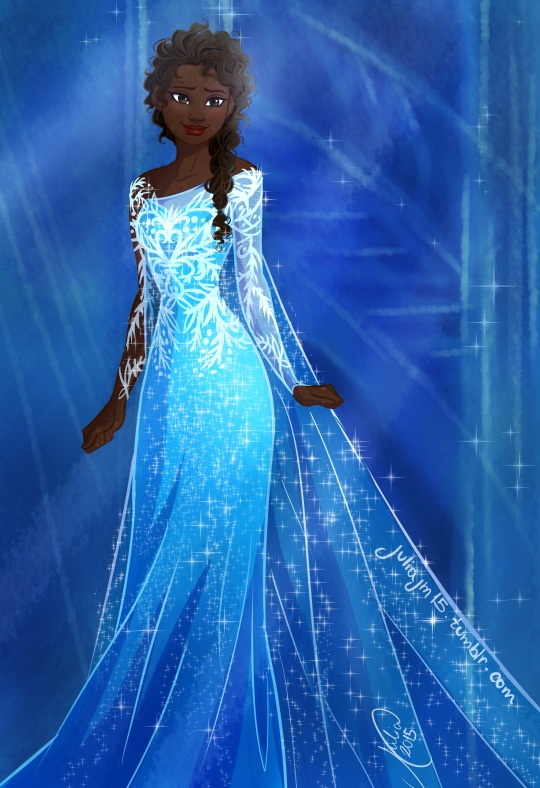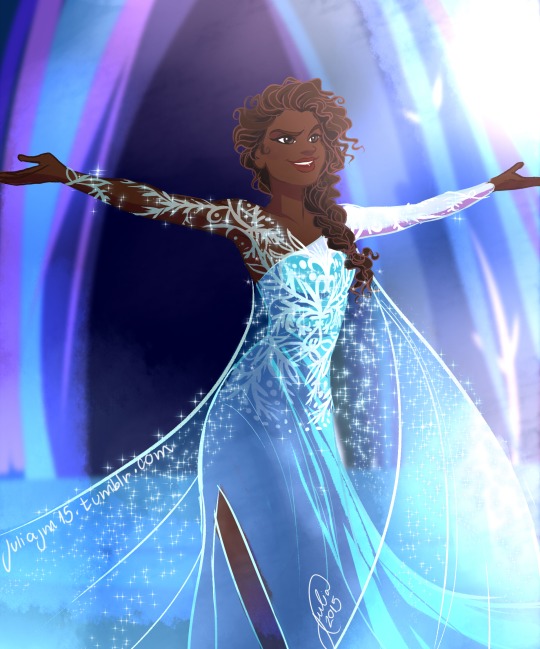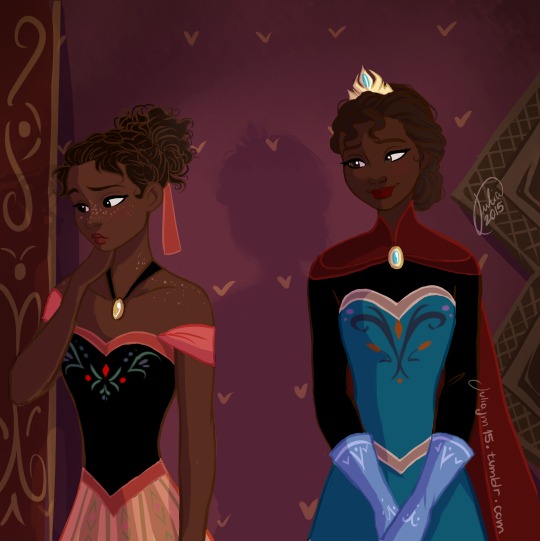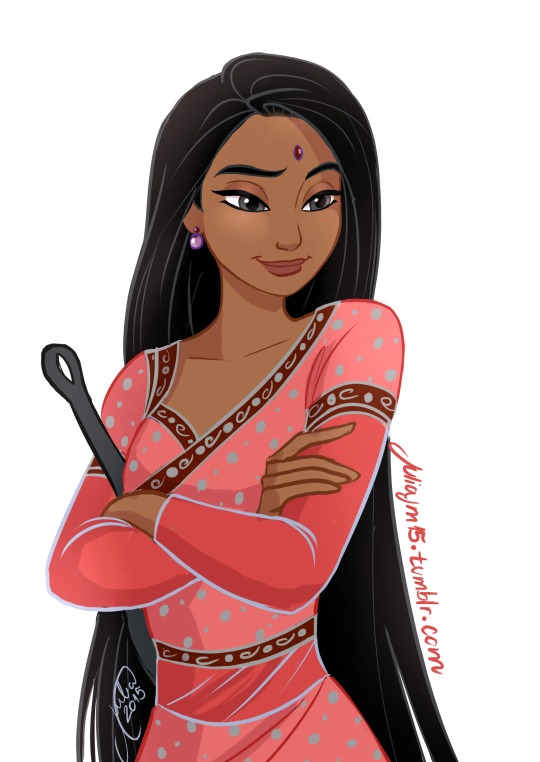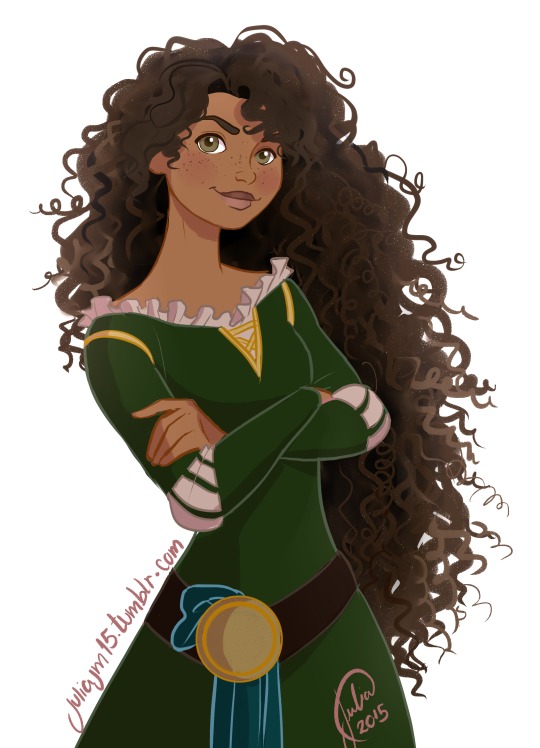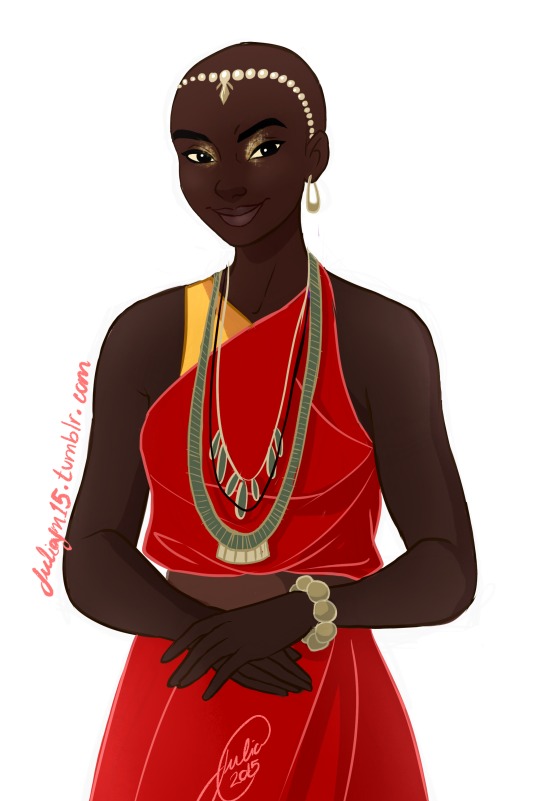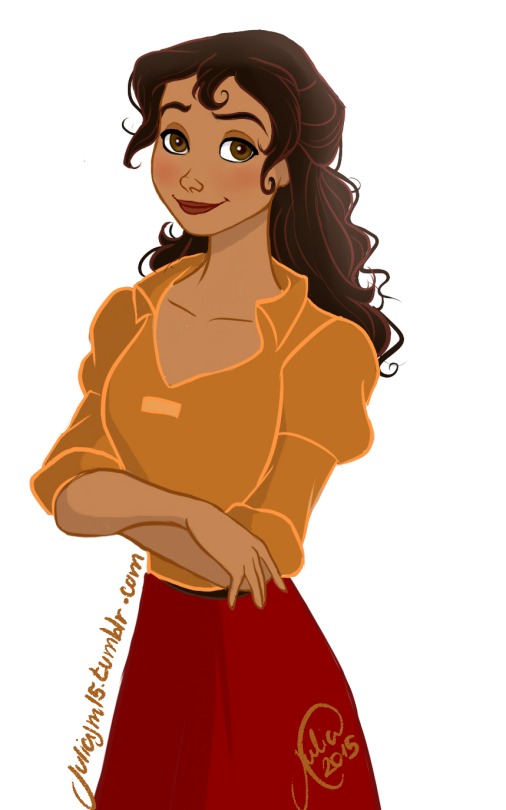The word character can take on a couple different meanings. You could have interpreted this as a post about building a child’s character or, you could have took it to mean character as in a part played by someone in some form of media. Today focuses on the latter, but also includes the former.
I am a huge advocate for minority representation, in popular culture and all forms of media — but especially children’s media. Without getting too sappy, I’ll share my personal experience and struggle with lack of minority representation.
As a kid, I dealt with bullying, like a lot of kids do. I was mainly bullied for having dark skin. My family did the best they could do to instill a sense of pride in me about my culture as a Black person and my dark skin. (I lost count of how many times I was told “The blacker the berry, the sweeter the juice”) My mother even worked at the Charles H. Wright Museum of African American history. You would think someone who was taught to love herself from birth would do just that. But it didn’t work for me. I didn’t believe the positive things I was told about my looks until I was a teenager. I spent my entire childhood trying to figure out how to make my skin lighter. I saw being lighter skinned as the key to being accepted. The end of my constant mortification. The way to be desirable.
But it wasn’t just the bullying that gave me a complex about my skin. It was reinforced by everything I saw around me. I am still the way I was as a child in the sense that I consume a lot of media. I love stories. So I read a lot and I watch a lot. While my parents got me Black dolls and books with Black characters and that was really important, as I got older, the things that were popular for my age group were snow white. Even the media by Black people made it clear that dark skinned girls weren’t worthy of being included.
I’m 22 years old, so this wasn’t that long ago. Although more efforts have been made in recent years to make mainstream media more diverse, it’s still an issue that needs attention. After all, as children grow, the media they consume helps them to get to know themselves. It aids in molding who they are and who they become. Media is important because as members of the audience, we are entertained in part by identifying with characters. We view them objectively, able to see their flaws (sometimes flaws that we may have ourselves). We see their strengths (strengths we may have, but didn’t realize until we saw it in them). Books, movies, television, it’s more than just entertainment. Identifying with characters in media helps viewers to build character within themselves.
But how are you supposed to feel when the characters you’re faced with look nothing like you? Or when you only have one or two to choose from out of dozens? You feel like people who look like you must not be meant to be seen. You feel as though your stories aren’t good enough to be told. It affects your self-esteem and the lens you view the world through. And the people who always see characters who look like them…Well, they tend to form ideas and views that don’t include other people. Because the world constantly shows them that they don’t have to.
Like a lot of little girls right now, my daughter is obsessed with Frozen.
A couple of weeks ago, she told me that she wanted to look like Elsa. Of course, this made me feel some type of way. The next day, I was on Tumblr and I ran across these photos.
I was elated. I showed the pictures to my daughter and she loved them. She exclaimed how beautiful Elsa was with dark skin and curly hair like hers. She talked about how pretty her dress was. She could finally see herself in Elsa and I could finally be at peace about my baby girl knowing that she didn’t have to look like a white person to identify with a character that is so beloved to her.
The illustrator (juliajm15.tumblr.com) designs original characters as well as famous ones that we all know. Here she race-bends Rapunzel (Indian), Merida from the film Brave (Biracial), Nala from The Lion King (humanized with African ancestry) and Jane from Tarzan (Hispanic)
Here’s a great one from the Harry Potter series as well.
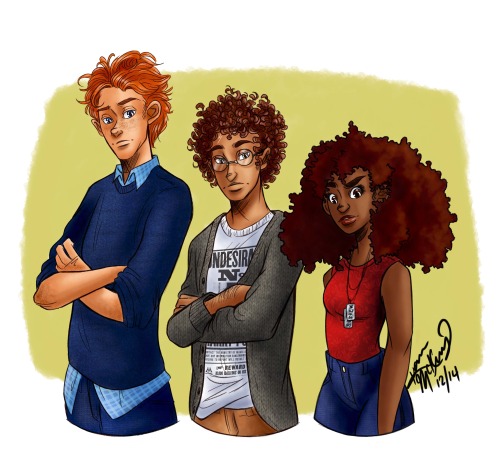
(source: refrigerator-artblog.tumblr.com)
If you want to check out more of this kind of art, just Google ‘racebend’ and a bunch of blogs dedicated to race-bending characters will pop up.
While race-bending is great and gives fans a chance to identify with the characters they already love, it goes without saying that we need characters who are people of color to begin with. Little ones shouldn’t have to grow up feeling as if they aren’t worth being seen and heard. They shouldn’t have to use their imagination wishing they had characters that looked like them.
So here’s Mommyism #2: Everyone deserves to have the chance to build their character and identify with characters. Especially the littlest ones with the most growing and building to do.
Representation matters. It shouldn’t only be artists and isolated fans who realize this.
P.S. Check out my other blog AnimatedBlackKids.tumblr.com for more content about diversity in children’s media

